The 10 coolest TVs from IFA 2023, from OLED TV concepts to giant 4K wonders
The TVs we loved from the big tech show
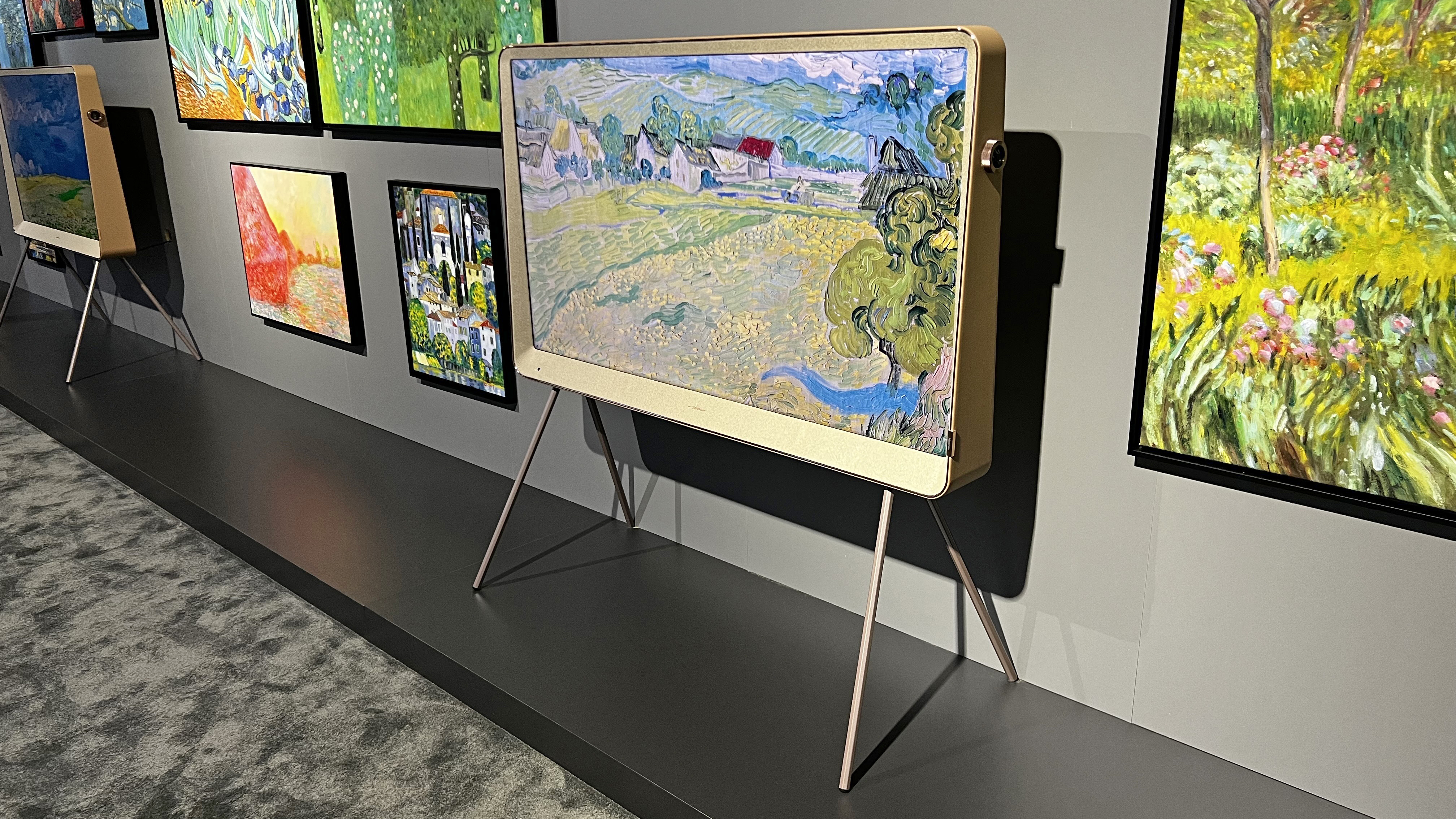
I've spent a chunk of my week at IFA 2023, and as the biggest AV nerd on the TechRadar team in Berlin, it was obviously my job to hunt down interesting TVs at the show. IFA is usually good for TVs – not quite as hot for them as CES, but there's been lots of great stuff there in the time I've been covering the show. Memorably, Samsung debuted its first 8K TV there, and before it had even announced it, the first thing you saw while exiting the airport was a giant advert for it.
Often at IFA, you get a mix of newly unveiled sets that will come out to battle for a place among our list of the best TVs, concept TV designs from companies showing off what they could do (but probably won't), and recently announced sets that are making their first physical appearance at a show where we can actually, y'know, see them.
We're not generally bothering with trifles such as "pricing" or "release dates"here – let's go window shopping on the show floor of the Messe complex in Berlin.
1. Toshiba's retro-style concept OLED TV
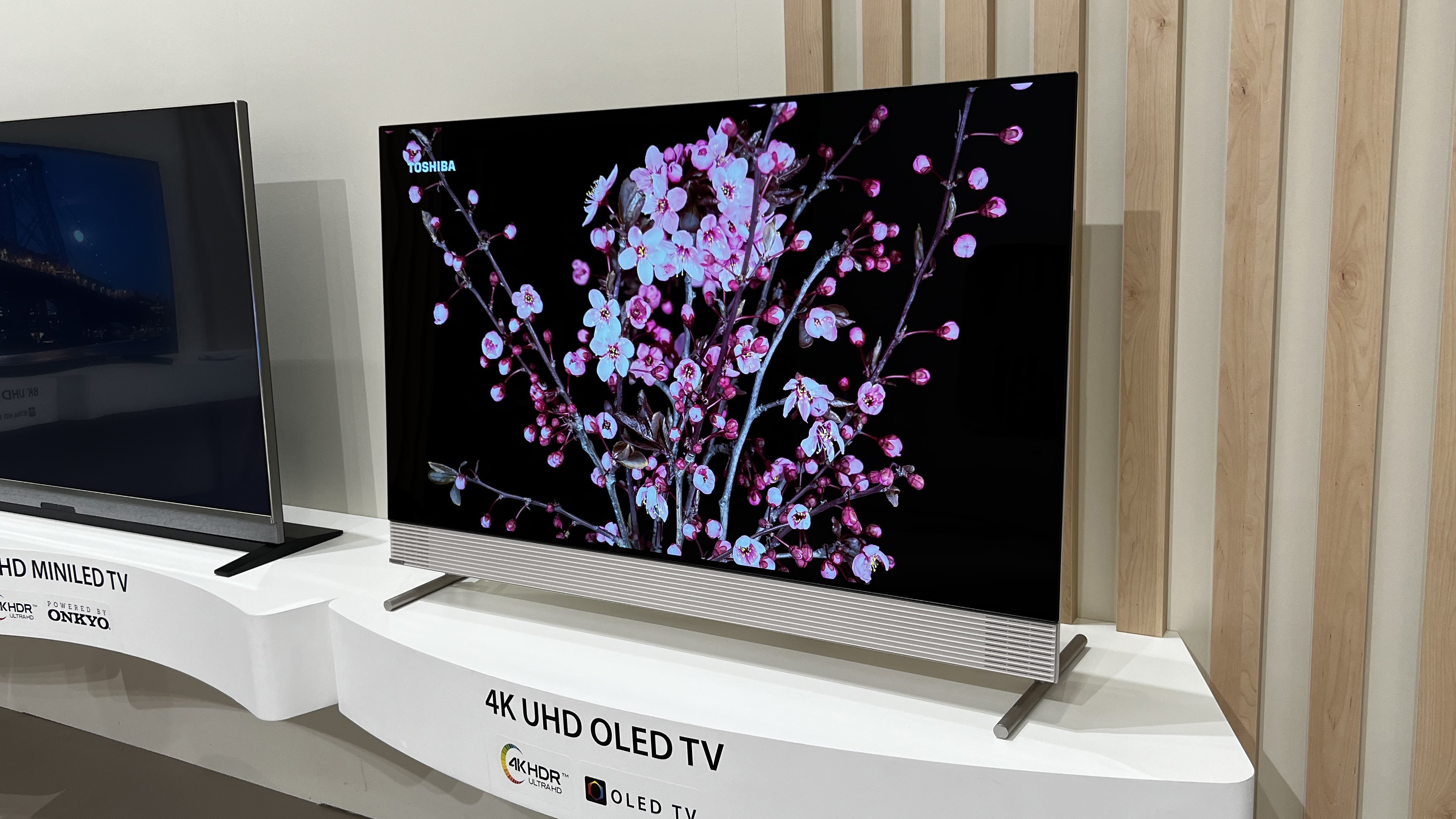
Anyone who read our IFA coverage last year might find this familiar – Toshiba showed off a similar concept OLED last time that also seemed to have drawn inspiration from the Braun product designs of decades ago. However, this is a new version that's been tweaked a lot in a way that makes it far more likely to see the light of day, some time, perhaps. It's plastic now, for a start, which is probably more realistic than the aluminum of the last one, and its legs are shorter, so this could go directly on a TV bench. I think the end result is less strikingly different, but still looks great – the Braun-style design will fit right in with any mid-century or scandi furniture, and I love any TV that makes the physical design a focus.
2. LG StanbyME Go
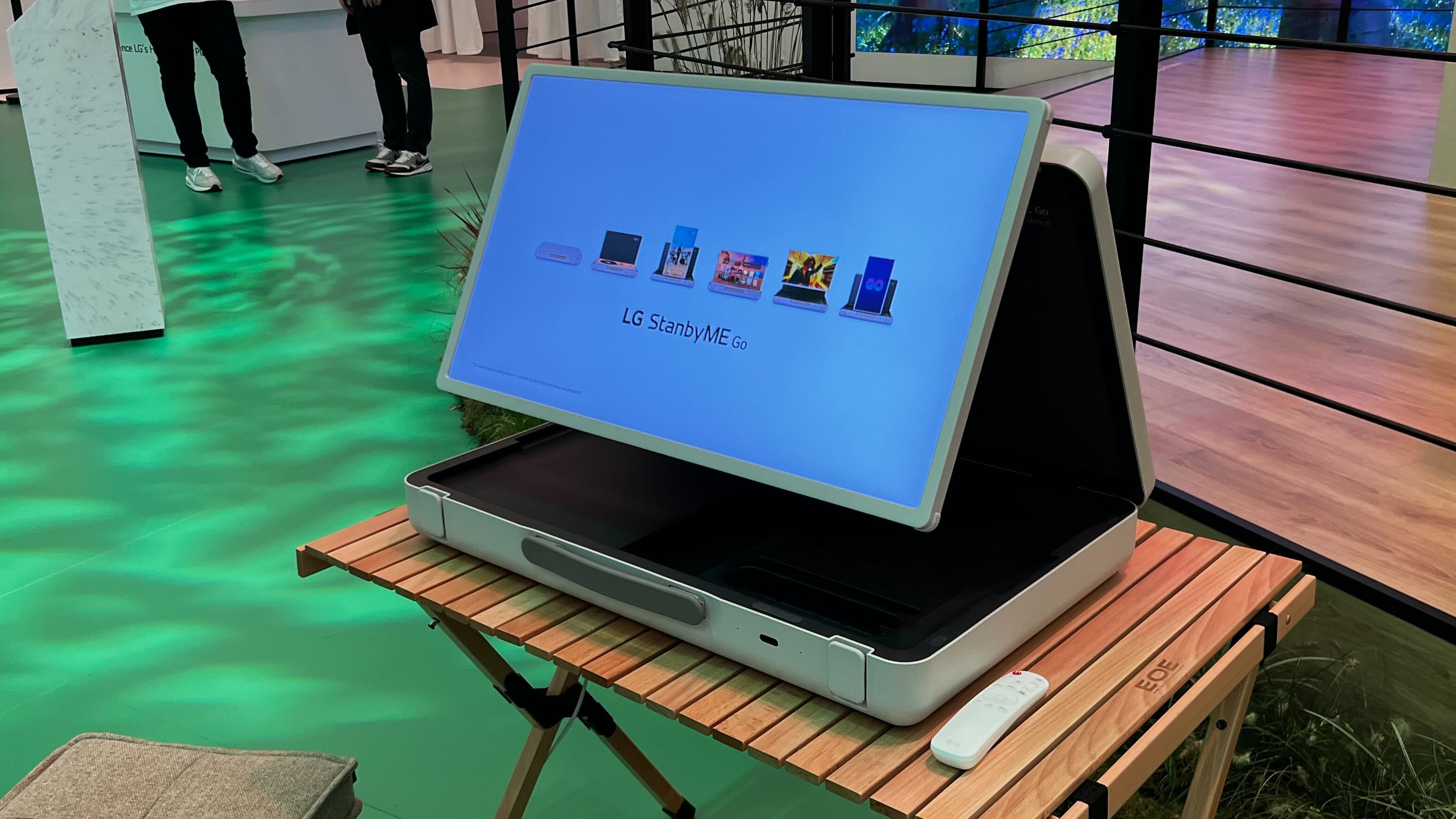
Yes, it's the LG suitcase TV that was recently announced, in the flesh! I got to play with the TV a little, to try out how the design works physically – rotating it, changing the angle, and putting it back into suitcase mode. The suitcase element of it is extremely solidly built – it feels like a premium plastic with no flex to it. There's no worry that putting another suitcase (a regular one) on top could damage the screen. The arm moves smoothly but is generally sturdy and stable-feeling. And there's just something a bit magic about having a full-on TV one minute, then clicking the satisfying locks closed, grabbing the handle and yanking it away. The TV screen itself isn't exactly anything to write home about, but then, this is one of few TVs you don't have to write home about. You can just take it with you.
3. Samsung Micro LED
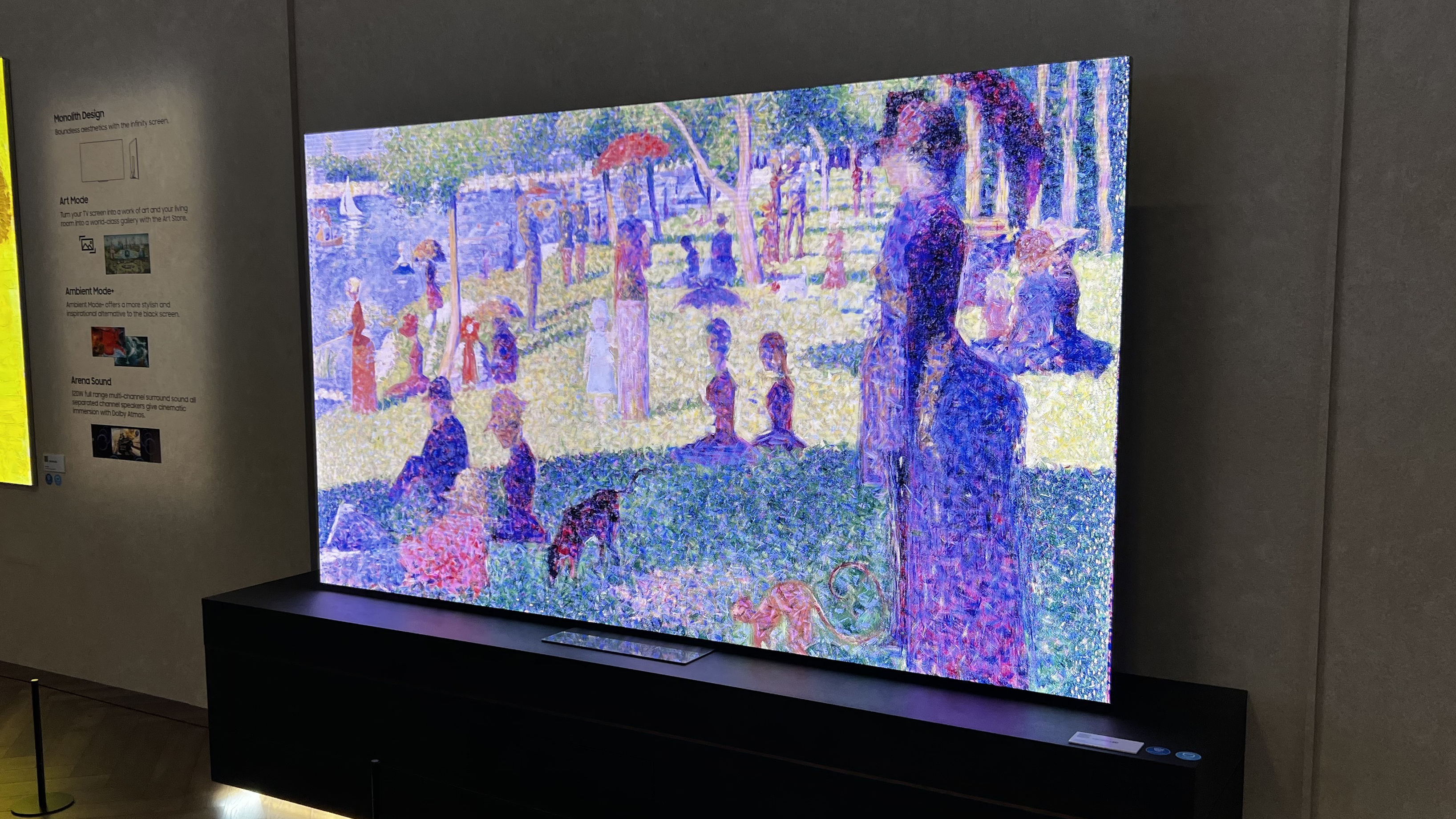
This wasn't new to IFA by any means, but it's not something you get to see in person very often. Samsung has only just managed to get next-gen micro-LED tech into something that's the actual size and shape of a TV unit, rather than its weird modular "The Wall" product.
Micro-LED TVs basically work like OLED, in that each pixel emits its own light, and can be dimmed to black individually. But micro-LED doesn't use organic components (the O of OLED), and as a result it can go much brighter and last longer. It's basically the final form of TVs as we know them, but it's very hard to make. They can be created in very large sizes right now, for exorbitant prices, but they're absolutely stunning – the high level of brightness mixed with total contrast precision is unlike anything else.
Get daily insight, inspiration and deals in your inbox
Sign up for breaking news, reviews, opinion, top tech deals, and more.
4. Hisense Laser TVs with "Blended" screens
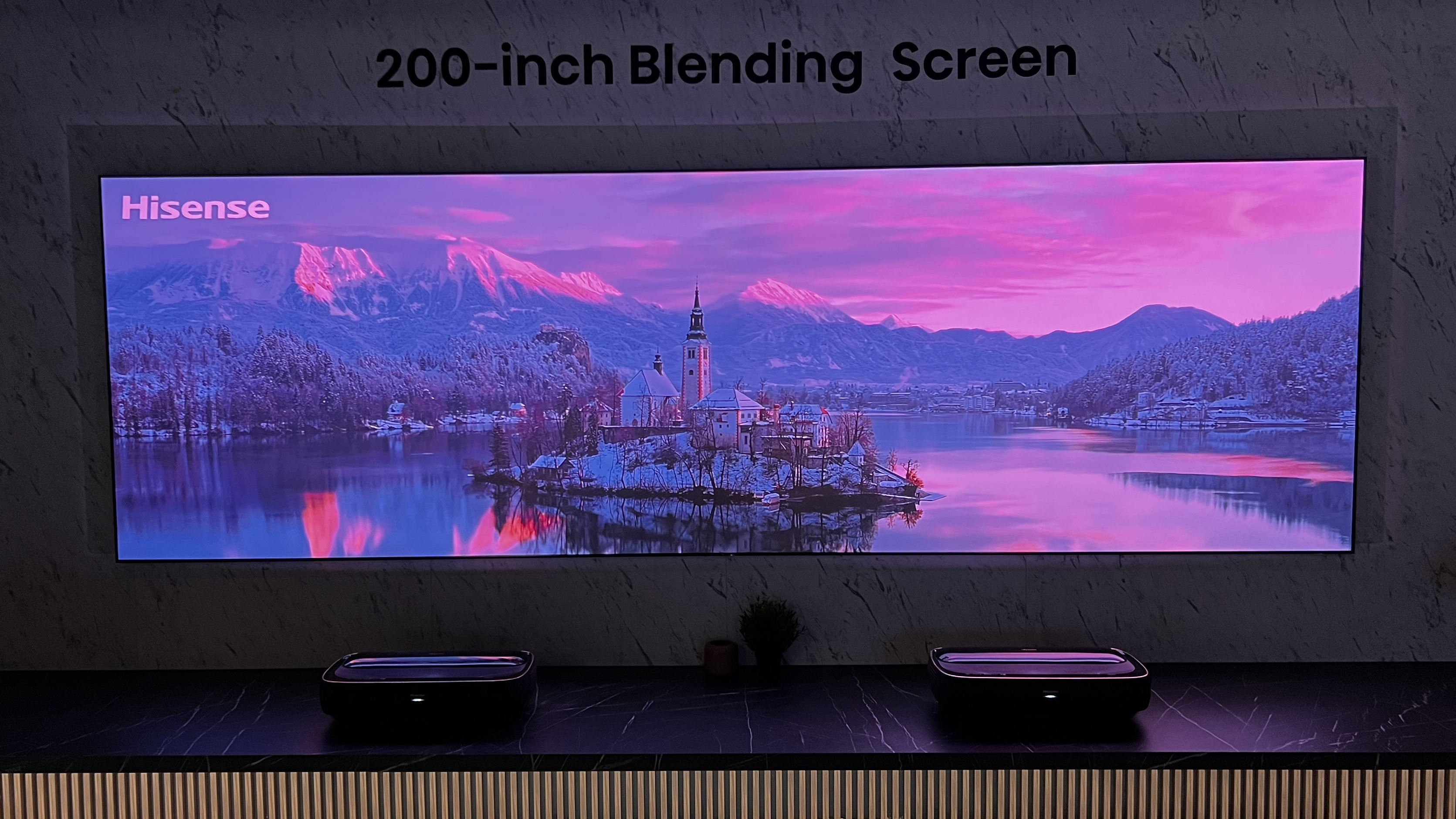
Hisense likes to classify its Laser TVs as televisions, even though they're essentially 4K ultra-short throw projectors bundled with a screen, and I'm going to indulge it here because I want to include this in the list. It's possible to have two Laser TV units side by side with their projections merged into one ultra-wide screen some 200 inches across. If you're watching a letterboxed movie (with the black bars at the top and bottom) then you can zoom the movie to fill the entire width, giving you a ridiculously cinematic view from a (relatively) simple setup.
5. TCL X955
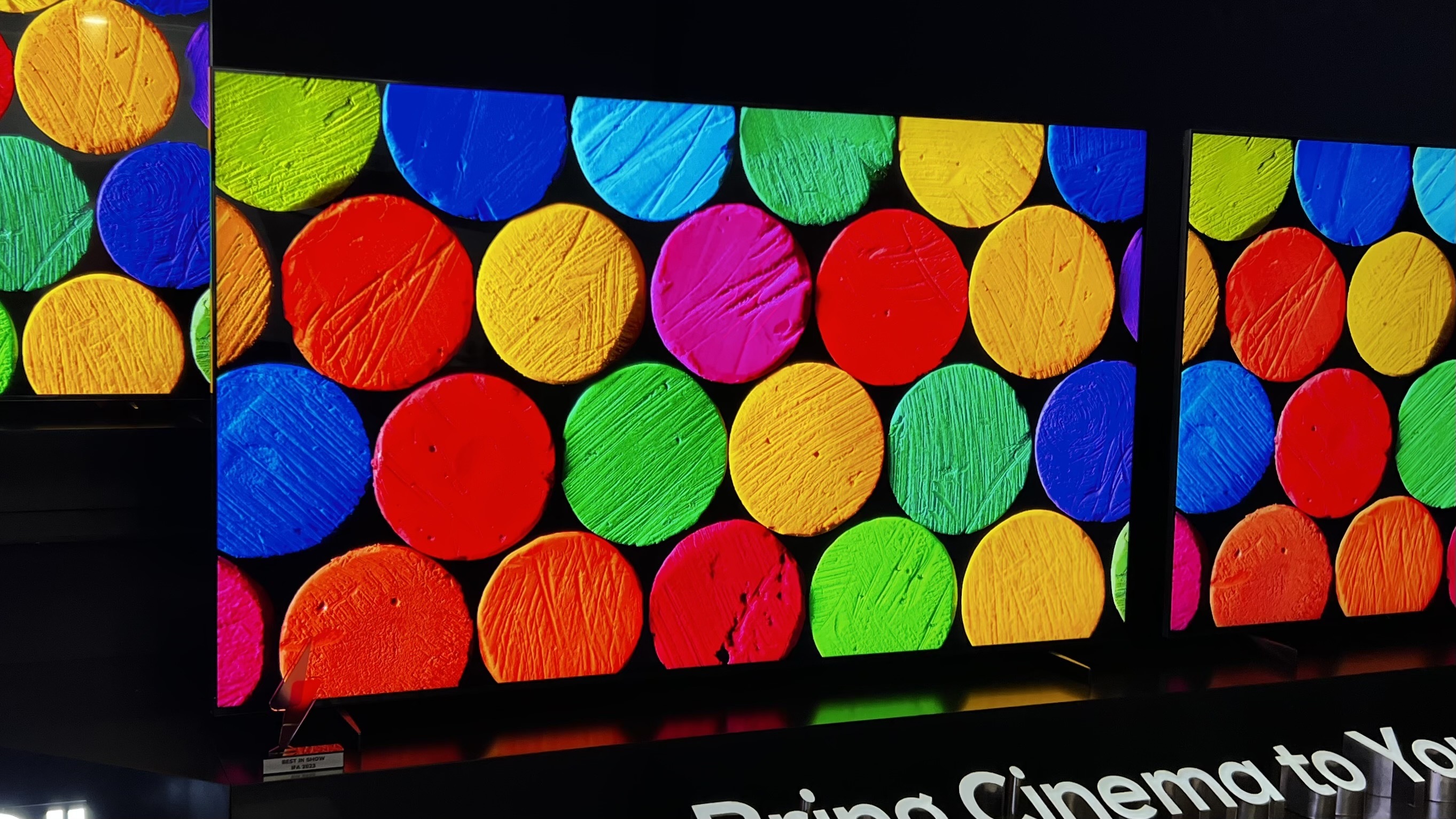
TCL is pushing mini-LED further than ever with this set, which offers over 5,000 local dimming zones, and can apparently hit 5,000 nits of peak brightness. That's about 25% higher than the pinnacle of flagship mini-LED can do currently, and about 250% higher than the brightest OLED TV we've measured so far, the Samsung S95C. So… it's quite bright.
Is this brightness really necessary? Well, it depends on what your goal is. If you watch in a bright room full of windows during the day, you need as much brightness as you can get to overcome reflections. And if you want the most realistic-looking images in the sense of actually looking like real life, then more brightness helps as well, because the ambient light on a sunny day is said to start from around 7,000 nits. All this brightness may not be necessary to enjoy a movie, but to see a nature documentary with this kind of contrast is to take another big leap closer to feeling like you're truly there.
6. Loewe Iconic
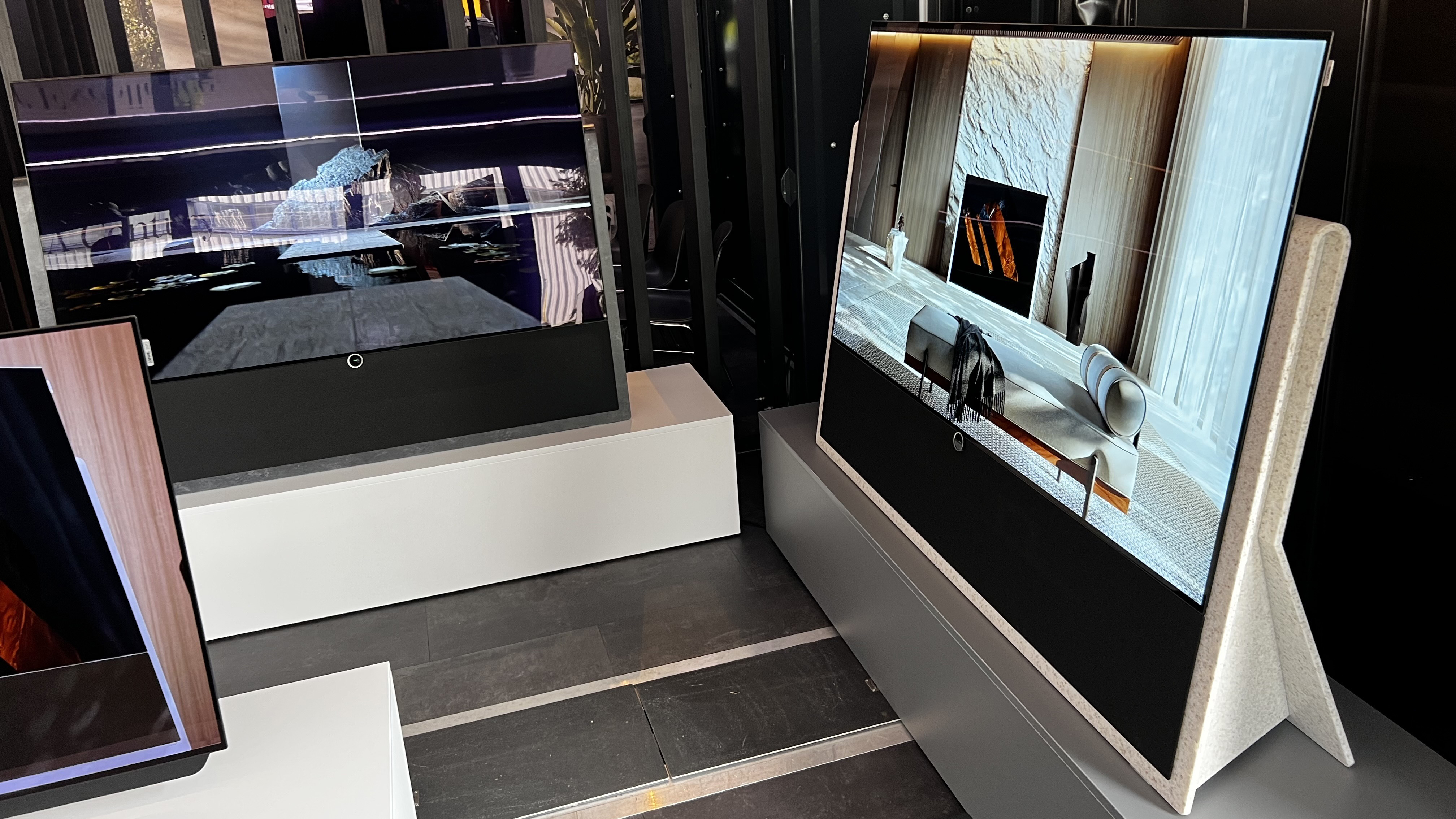
So, this is a very cool TV just on the face of it. If you want an OLED TV that's totally different to the slim gray/black frames we're used to, how about one that's attached to a crafted "Syno-Stone" stand with a fabric-covered sound system underneath. Syno-Stone is a recycled material made from real stone, and it looks like it's been hewn right from a quarry, and then finished meticulously.
But the best part is how customizable it is – you can choose from multiple stone finishes, with different fabric options for the speaker cover, and even the option of colored inlays at the side, to give a flash of extra style when viewed at an angle. It's exactly the kind of thing I want to see from a luxury German style icon, and is generally what I want to see more of in TVs overall.
7. Hisense R7K

I love the mix of art frame and classic television design going on here. You've got a fabric 'bezel', a silvery metal edge and then a more muted frame, with that chunky dial you can see on the edge nearest the camera. I think it's pleasingly tactile and interesting-looking no matter what's on the screen – and speaking of the screen, unlike Samsung's art/design focused TVs, there's a high-end panel here, featuring a mini-LED backlight and quantum dot color. Unlike many of the TVs in this list, this is actually a real product you can buy… except not in the US or UK. Complain to your local Hisense office to fix that, I guess.
8. Toshiba's concept OLED with side speakers
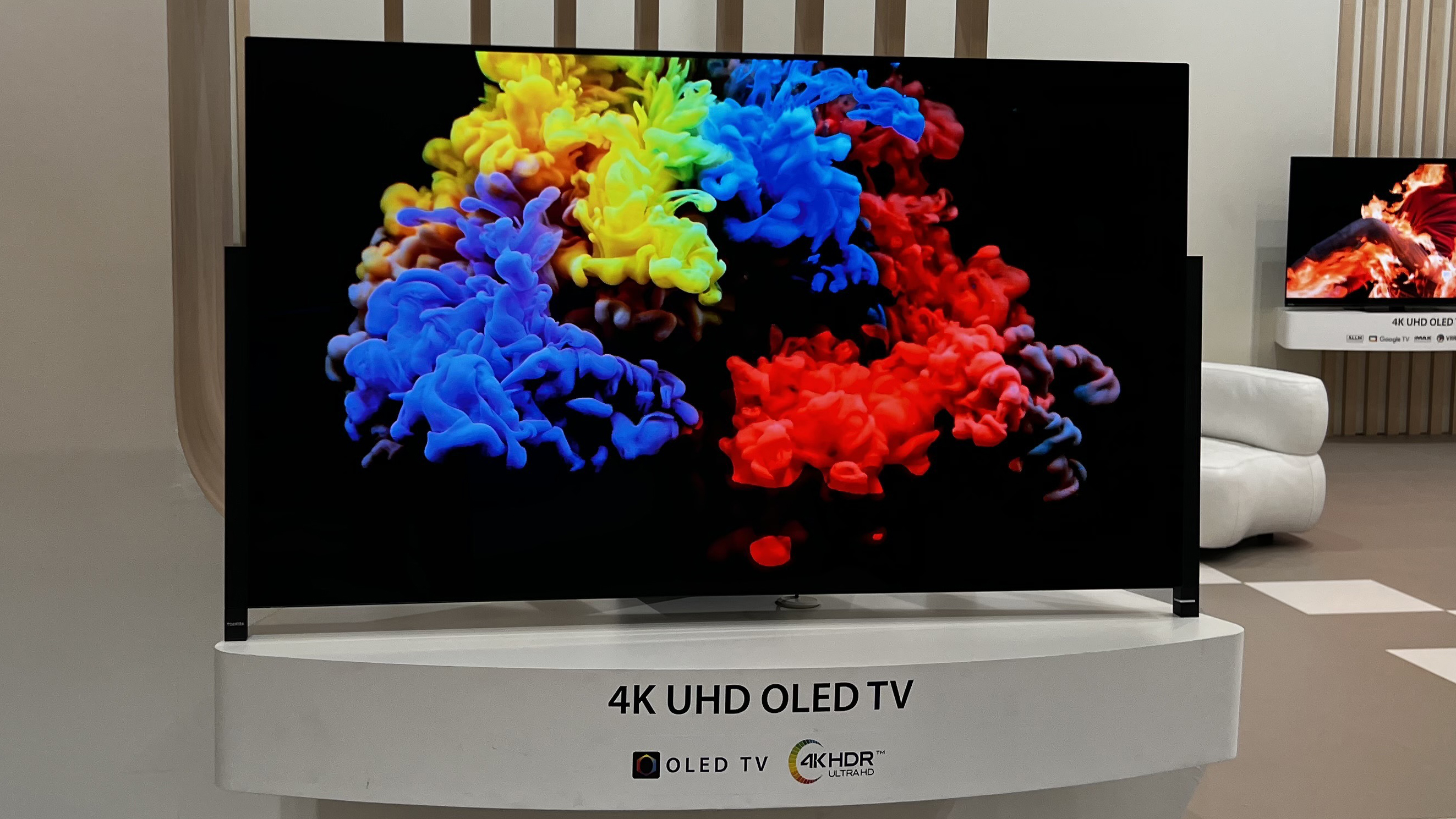
Another great-looking OLED from Toshiba that will probably never see the light of day, but I love the blocky design. Learning into the sharp corners that TVs already have, it adds more of them, in the form of two black bars at the side that function as forward speakers – which could be great for positional sound to match what's on-screen in a "real" version. They're triangular at the back, giving it a smart, thin-edged look – and the final great touch is a big kickstand-style support at the back, which just feels clean-lined and different to almost anything else.
9. Hisense UXN
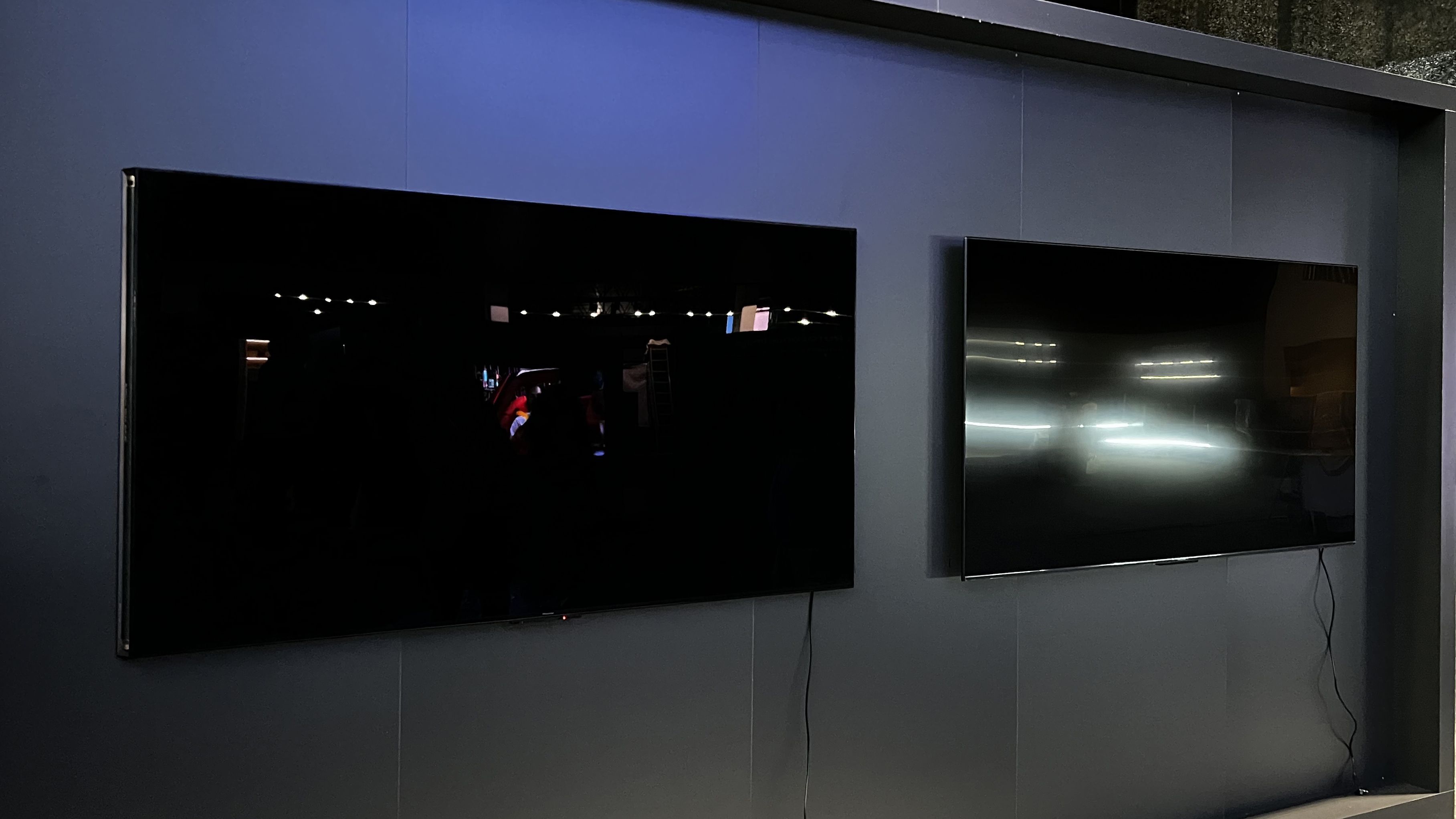
Hisense unveiled next year's flagship TV at this year's IFA, which was a nice surprise – though it was in an unfinished prototype form. The final version is intended to have more dimming zones and other tweaks, so I'm not going to talk too much about its image quality (though it was very impressive even as it is), but it included one upgrade we can be wowed by now: some excellent anti-reflection tech. I believe that lower reflectivity will be a huge thing for TVs in the next couple of years, because it offers an easy way for lower-brightness TVs to become more visible in bright rooms without having to include more expensive screen tech.
That's why I've chosen the image above, which doesn't show you anything on the screen, so you can see the difference in the reflections between it and a previous Hisense model. I asked Hisense to turn them both off so that I could get pictures that reflected the huge change I was seeing between generations, and it's going to help whatever high-end screen ultimately ends up in this model to look its best at any time of day.
10. Vestel's energy-saving TV
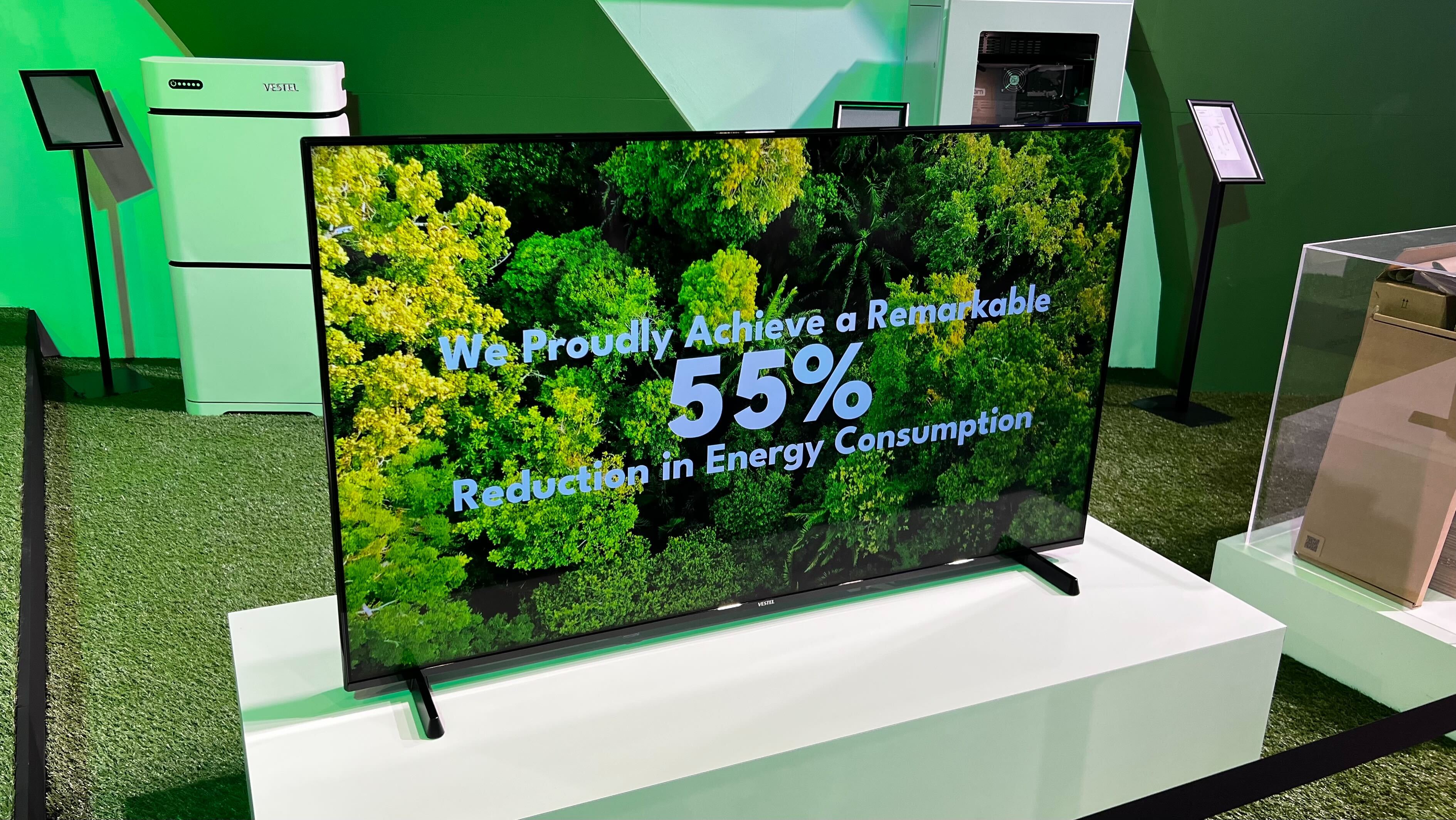
Finally, we have the least sexy TV of the list in terms of design or picture quality, but the most worthy. Giant Turkish manufacturer Vestel (which makes the actual TVs sold under several popular brands) demo'd a TV that it claims uses 55% less energy, without major impact to brightness or screen uniformity compared to equivalent mid-range LCD TVs. We'll have to judge whether it's succeeded in the future, if it ever creates a real model based on the tech, but it's an impressive trick even in prototype form.
Apparently, it uses a different type of LED for its lighting, and they're arranged differently to how most TVs would do it. From a quick look, it certainly didn't look weaker than a lot of other affordable TVs, and I'm sure there's room for the tech to be developed and improved further – I heard that they pretty much just finished getting this show-floor model constructed and active ready for the show.
For more great tech from the show, don't forget to check out our Best of IFA 2023 awards winners.

Matt is TechRadar's Managing Editor for Entertainment, meaning he's in charge of persuading our team of writers and reviewers to watch the latest TV shows and movies on gorgeous TVs and listen to fantastic speakers and headphones. It's a tough task, as you can imagine. Matt has over a decade of experience in tech publishing, and previously ran the TV & audio coverage for our colleagues at T3.com, and before that he edited T3 magazine. During his career, he's also contributed to places as varied as Creative Bloq, PC Gamer, PetsRadar, MacLife, and Edge. TV and movie nerdism is his speciality, and he goes to the cinema three times a week. He's always happy to explain the virtues of Dolby Vision over a drink, but he might need to use props, like he's explaining the offside rule.